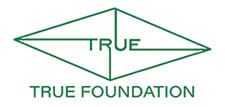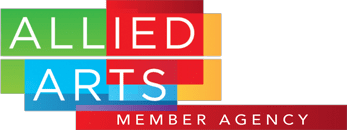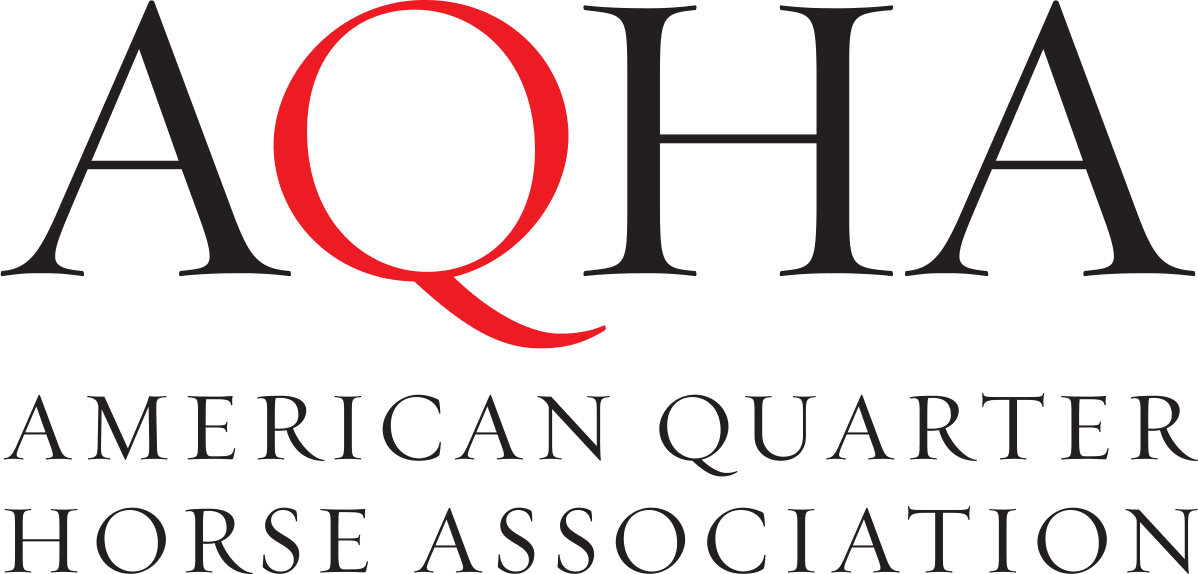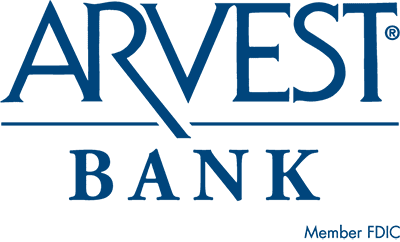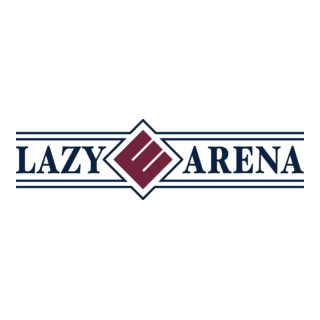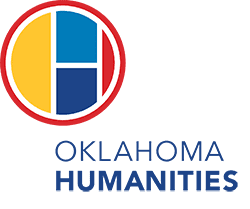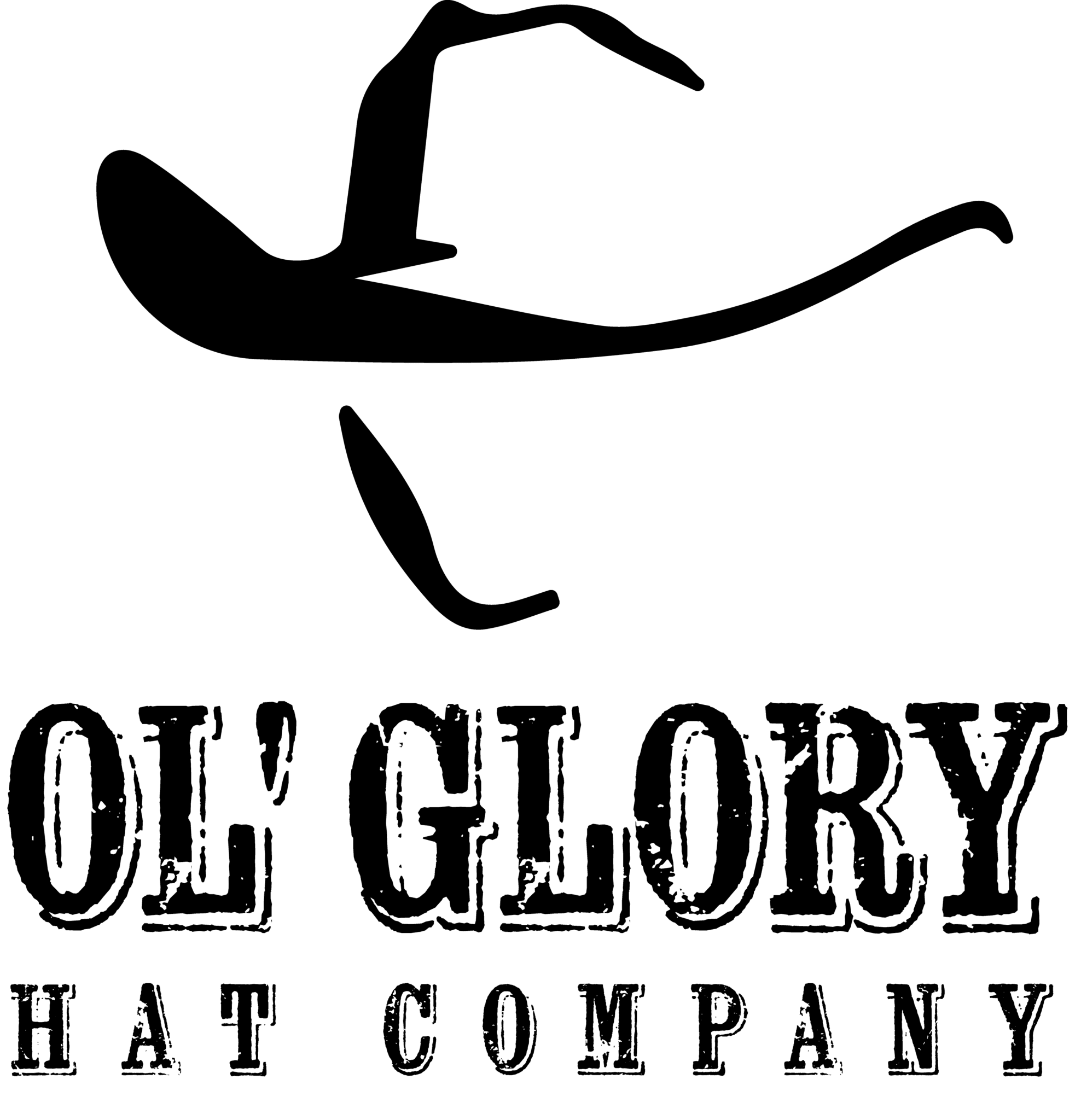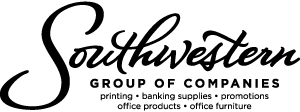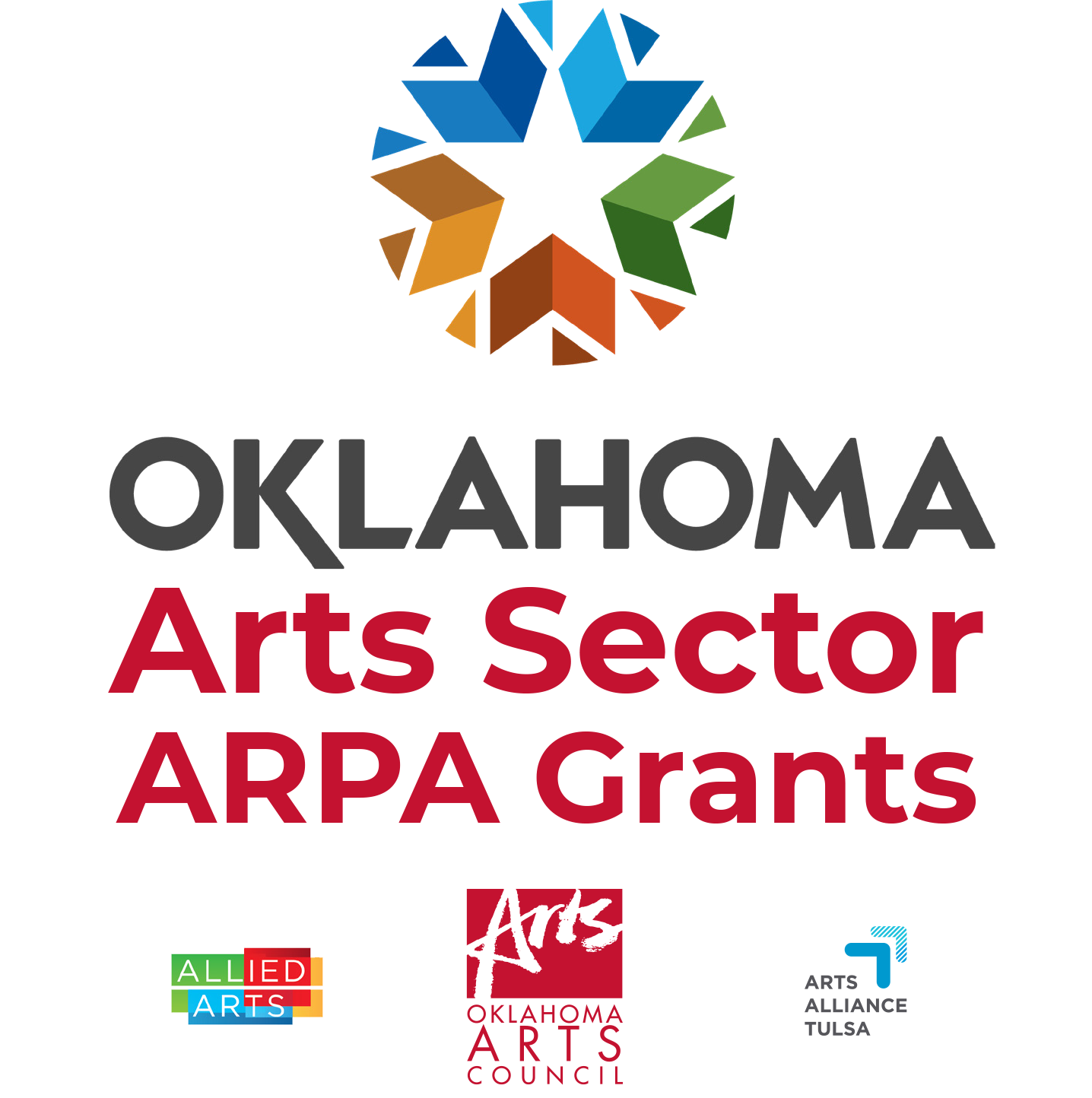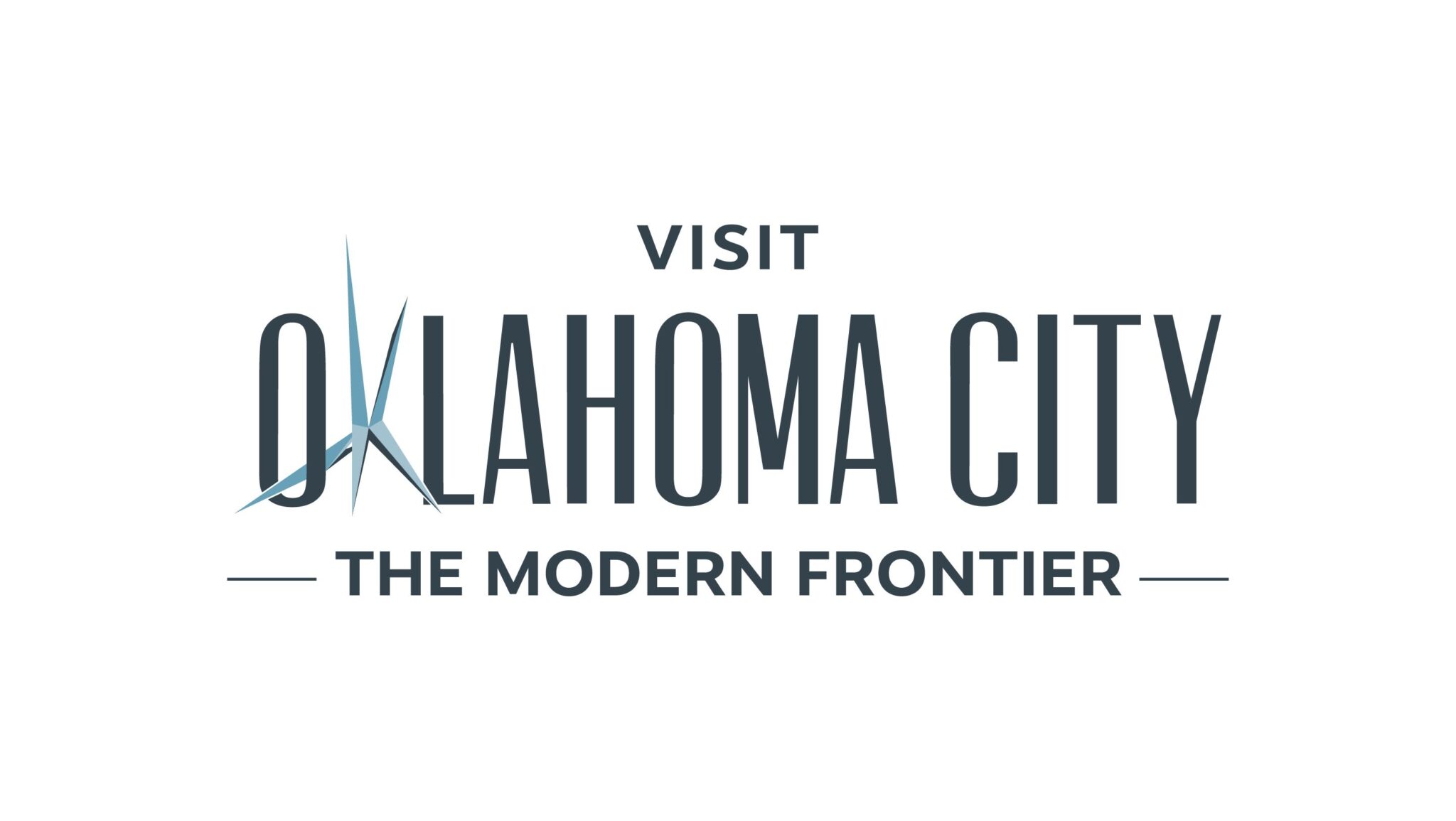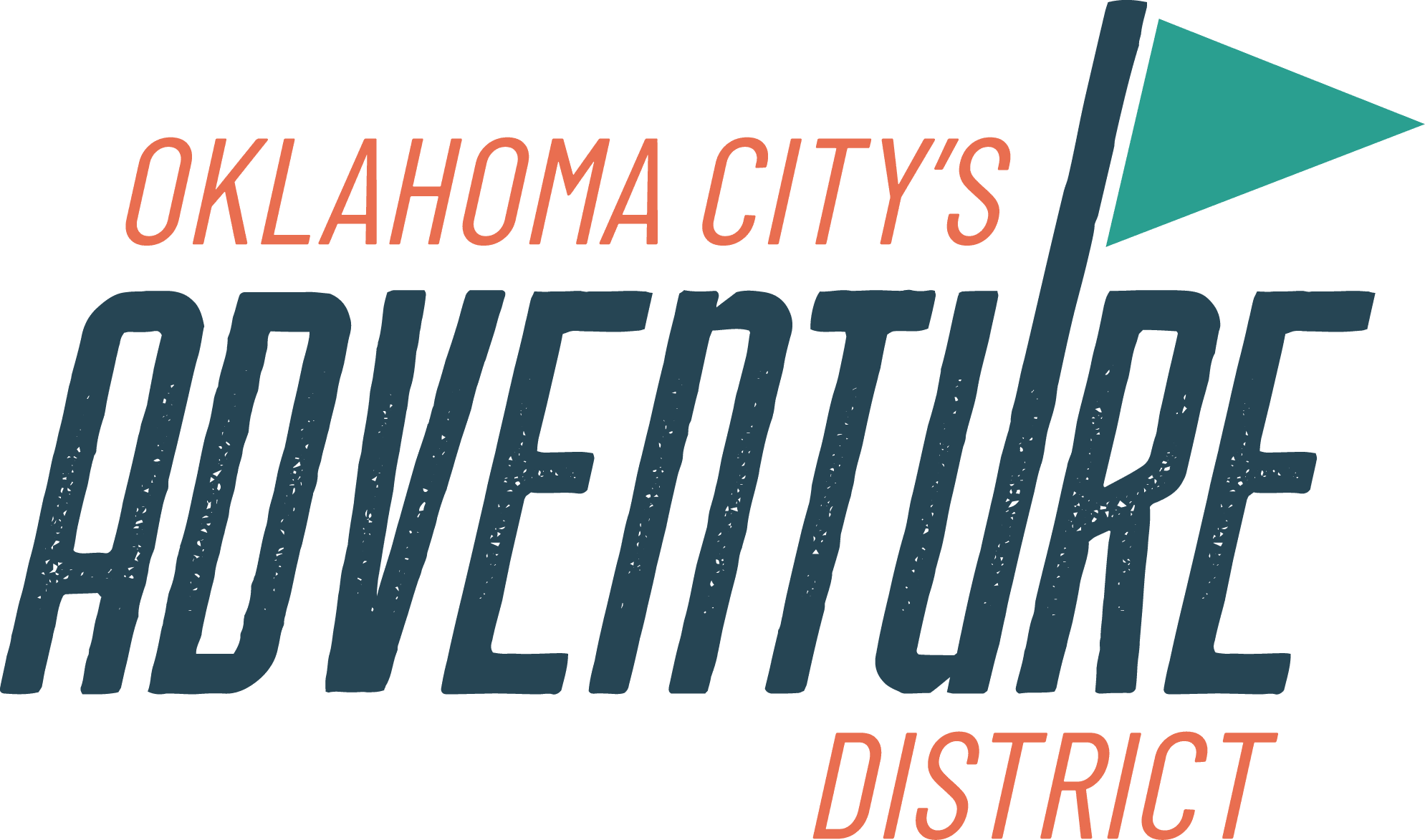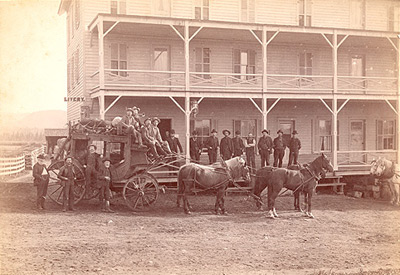 The Western United States is a vast and sometimes inhospitable region. The transportation of people and goods in the West during the late 19th century and early 20th century is the subject of this virtual exhibit. Exhibition photographs, which are drawn from the Donald C. & Elizabeth M. Dickinson Research Center collections, include images of horses, mules, wagons, carriages, railroad cars, and even bicycles.Horses and donkeys are shown as individual transportation, pack animals, and as the motive power for a variety of wagons and carriages. Wagon images in the exhibit include a one-horse farm wagon, a chuck wagon, a Conestoga wagon, a hay wagon, and several freight wagons. More specialized vehicles include a peddler’s wagon, a fire wagon, and a sheep wagon, which is an early kind of house trailer.Vehicles for transporting people include a horse-drawn city bus, stage and touring coaches, and several types of personal carriages. Also included are two images related to railroads in Oklahoma Territory and a photograph of an early bicycle race in Stillwater, Oklahoma Territory. Finally, the exhibit includes one photograph of a vehicle with an internal combustion engine, the lunch truck on the set of a mid-1920s Tom Mix movie.Photographic formats represented in the exhibit include postcards, photographic postcards, stereographs, cabinet card photographs, and mounted albumen and gelatin silver prints in a variety of sizes. The Western United States is a vast and sometimes inhospitable region. The transportation of people and goods in the West during the late 19th century and early 20th century is the subject of this virtual exhibit. Exhibition photographs, which are drawn from the Donald C. & Elizabeth M. Dickinson Research Center collections, include images of horses, mules, wagons, carriages, railroad cars, and even bicycles.Horses and donkeys are shown as individual transportation, pack animals, and as the motive power for a variety of wagons and carriages. Wagon images in the exhibit include a one-horse farm wagon, a chuck wagon, a Conestoga wagon, a hay wagon, and several freight wagons. More specialized vehicles include a peddler’s wagon, a fire wagon, and a sheep wagon, which is an early kind of house trailer.Vehicles for transporting people include a horse-drawn city bus, stage and touring coaches, and several types of personal carriages. Also included are two images related to railroads in Oklahoma Territory and a photograph of an early bicycle race in Stillwater, Oklahoma Territory. Finally, the exhibit includes one photograph of a vehicle with an internal combustion engine, the lunch truck on the set of a mid-1920s Tom Mix movie.Photographic formats represented in the exhibit include postcards, photographic postcards, stereographs, cabinet card photographs, and mounted albumen and gelatin silver prints in a variety of sizes.
|
Horse Power In addition to working cattle and pulling carriages and wagons, horses were also used for general transportation. This photograph illustrates the use of the horse as transportation by farmers, town dwellers, and other non-cowboys. This gentleman is wearing what appears to be a woolen suit, as opposed to the denim pants that would be worn by a working cowboy. The horse has a very light saddle and bridle not at all appropriate for a working horse. In some parts of the country, especially Missouri, mules were favored over horses as riding animals; mules could also pull a wagon or be used as pack animals.  This prosperous and well-dressed young Comanche man has otter fur hair wraps with horsehair extensions, a Marlin rifle, and a horse with a tooled western stock saddle. Commercial stock saddles were in use among the Plains Indians as early as the 1850s and were sometimes requested as part of annuity payments from the government. In 1895, a hand-tooled saddle like the one pictured in the photograph would cost $30 to $40, which is the equivalent of around $700 today. Horses are important in Comanche culture and the Comanche were among the first Plains peoples to obtain horses and adopt a mounted lifestyle. The Comanche were also well known for their ability to capture and breed horses. Although this photograph was taken during the reservation period, this man’s pride in a well-equipped horse, both as transportation and status symbol, is evident.  This group of young women is going on a camping trip up Pikes Peak in Colorado. Donkeys are used both as saddle animals and pack animals because they are sure-footed on mountain trails; for instance, donkeys are sometimes used for trail rides into the Grand Canyon. Interesting details in the photograph include the Pikes Peak Trail toll sign (with the toll amount defaced) and what appears to be a water or sewer pipe on the left side of the image, perhaps for some upcoming construction project. The women are all wearing dresses and riding sidesaddle and are carrying switches to prod the donkeys forward. The road to the top of Pikes Peak is still a toll road, but today you can drive your car.  This group of hunters is getting their pack train ready after a successful hunt near Coulter Lake in Colorado. The hunters are riding horses, while mules are used as pack animals. These mules are wearing pack saddles with hip and rump straps for extra stability, which is useful because these animals are being used to carry a variety of items: pack bags, tenting, pelts, horns, and skins. Before setting up a pack train, it is important to know whether you will be traveling a good trail or a poor trail. If on a well maintained trail, the pack train should be “tailed up” or linked with rope, but if a poorly maintained or dangerous trail is anticipated, the pack animals should be loose—no point in losing the whole train because one animal stumbles into a ravine. These hunters must anticipate a poor or dangerous trail because these mules are not tailed up. Wagons The classic Conestoga wagon with its bent wood bows, cloth cover, and downward curved wagon box had its origin in Southeastern Pennsylvania during the Colonial era as a farm and freight wagon. Later, on the Oregon Trail, California Trail, and other Western trails, Conestoga wagons and other covered wagons were used to transport families and household goods to new homes all over the West.  When cattle drives from Texas to the railheads in Kansas began after the Civil War, ranchers needed a way to feed a dozen or more cowboys on the trail for months at a time. Tradition has it that Texas rancher Charles Goodnight invented the chuck wagon and the chuck box to solve this problem. Note how the bed of the wagon provides ample storage for bulk foodstuffs, while the chuck box has numerous drawers and cubbyholes for cooking tools and other smaller items. The hinged board that secures the drawers during movement and serves as a worktable when in camp was another Goodnight innovation.  Ute Pass, which runs between Manitou Springs and Florissant, Colorado near Pikes Peak, began as a bison trail connecting the prairie with the mountain meadows. Ute Indians used the trail as they followed and hunted the bison. By 1859, the trail became an established wagon route through the Front Range of the Rocky Mountains. Because the trail was so narrow, by the 1870s teamsters devised a system whereby supply trains went up the pass in the morning and down in the afternoon; two trains could not pass each other safely. Later, the Colorado Midland Railroad was built upon the trail and today U. S. Highway 24 follows the same route. This image shows teams of 12 oxen with each team pulling two to three freight wagons up the pass.  Four elk hunters and their guide pose in front of two wagons filled with elk heads and hides. The front wagon appears to be a Texas wagon with top bows, a kind of freight wagon. The second wagon seems to be a one-horse farm wagon that has been jerry-built by the removal of the front wheels and shafts and the addition of two heavy poles or “reaches” to connect the trailing wagon to the lead wagon. The wheels on the trailing wagon also feature iron hubs and riveted reinforcement at the outer ends of the spokes. This is clearly a rig designed to carry heavy loads over rough terrain.  This flatbed, freighting wagon is carrying a full load of sawn lumber. The seat has been removed and the driver is actually sitting on the lumber. The horses are wearing team bridles with blinders; the wagon features heavy wooden wheels for carrying large loads. In addition to the leaders, the driver appears to have control of a line attached to a pulley behind the wagon, perhaps to assist in loading the lumber.  Two Lakota Sioux men prepare to head home with agency beef in their wagons. The wagons are one-horse farm wagons, which were light, standard utility vehicles used on many farms and ranches. Models differed as to bed length and wheel diameter, but this standard design was ubiquitous. If you look closely at the bed of the wagon in the foreground, you can see that the wagon is large enough to hold what appears to be a whole side of beef. The photograph was taken with a Folding Pocket Kodak camera, one of the earliest pocket cameras.  The Howard Crill family of Merrick County, Nebraska poses in front of their house with their hired hands and two pieces of horse-powered farm equipment, a hay wagon and a farm wagon. The hay wagon has an extension coupler (a pole or “reach” connecting the front and rear wheel assemblies or “gears”) that allows hayracks up to 20 feet long to be hauled with ease. The farm wagon appears to be set up for manual manure spreading, with the leaders set long to allow the wagon to be driven from the back of the box and a box with flared sides, an open back, and an apron projecting to the rear.  Itinerant peddlers were a fixture of American life in the 19th and early 20th century. This peddler, shown here with two prospective customers, has built a custom superstructure onto an existing wagon. The peddler’s wagon features shelves and compartments to organize canned and dry goods and a rail around the top to keep crates from falling off. The worktable in the back, which also secures the wagon’s shelves and drawers, is very reminiscent of Charles Goodnight’s original chuck wagon design. The foldable canvas top over the driver’s seat helps shelter the peddler from the elements.  Many important tasks we normally associate with trucks were once done with horse power, including the commercial goods delivery, household furniture moving, emergency ambulance service, mail delivery, bus service, and fire fighting. Fire fighting wagons came in a wide variety, including wagons with large hand or steam-powered pumps for pumping water or carbonic acid (an early fire retardant chemical), extension ladder wagons, hose wagons of various kinds, and fire-patrol wagons for transporting firemen. This is a small fire-patrol wagon drawn by two horses. It has ladders and places for firemen to sit or stand, but the only fire fighting device in evidence is a small hand fire extinguisher belted to the wagon.  This is a classic example of a sheep wagon, which served as the living quarters of Western sheepherders from the 1880s to the present day. The sheep wagon is basically a modified farm wagon. Wide shelves were extended outward from the tops of the sides to form benches. A bed, table, and stove were also placed inside the wagon. A box for food supplies was attached to the outside of the wagon, but a hole was cut into the side of the wagon to make the food accessible from inside. The top was covered with canvas, although it was frequently lined with blankets, sheet metal, or other materials to stiffen and insulate this home on wheels. Carriages This interesting photograph features a group of men greeting a successful party of deer hunters returning from the hunt. The hunters have apparently returned the stagecoach to the livery in the background. The stagecoach in the photograph is a classic example of a Concord stagecoach with the driver sitting in an open seat in front, ample storage for luggage on the top and rear of the coach, and facing upholstered seats in the interior of the coach. Coaches such as this were used throughout West to transport passengers between cities and towns.  Two women pose with their luggage in an open stagecoach. This kind of coach was usually known as a mountain wagon or platform wagon, and it was only used for short trips, perhaps from a rail depot into town or between two adjacent communities. Since Alzada, Montana is in the far southeastern corner of the state and far from any other community, this coach was probably used in town. The front passenger is actually sitting in the driver’s seat; thus, the seating capacity of this vehicle is not very large. Unfortunately, the photograph is slightly out of focus.  These prosperous Pasadena, California citizens are riding in a touring coach that is very similar to the Yellowstone wagons used to convey tourists around the Western National Parks. The coach, provided by the Wiley & Greeley Livery Stable, features three rows of plush, upholstered seats, and an open top ideal for sightseeing. Other interesting details include the elaborately decorated harnesses, wicker umbrella stand in case of inclement weather, and hunting horn held by the groom. Streetcar tracks are visible in the foreground of the photograph.  In larger cities, omnibuses and wagonettes, the two generic terms for wagons designed to transport groups of people, tended to be plush and sophisticated. Omnibuses usually had either curtains or glass windows to protect passengers from inclement weather and could seat up to 14 passengers plus standees. Some omnibuses even had a second level of seating on the roof of the vehicle. This turn-of-the-century omnibus from Stillwater, Oklahoma Territory is a more utilitarian vehicle. It appears to be a standard farm wagon that has been enclosed with wooden sides and a canvas top. In inclement weather, canvas was rolled down the sides, which not only screened out the weather but also the view. The passenger door must be on the far side of the vehicle, because it is not clear from the angle of this photograph how passengers would enter and exit.  This stylishly dressed woman is posing in front of a parasol-top pony runabout. The parasol top was popular in many town carriages, but this carriage has obviously been driven far into the country. The image shows the rear of the carriage, the back of the upholstered backrest with a coat draped over it and shafts for the pony or horse. The woman is holding an 1890 Winchester pump action rifle.  These two families have headed into the country on a hunting, fishing, and camping trip. The two women on the right both hold rifles. A creel and fishing rods can be seen in the background. The vehicle in the background is a three-seat platform wagon. This vehicle was primarily used in rural districts and was often hired out by livery stables, which is probably the case in this photograph. The wagon has game birds strung between the posts of the canopy top and one woman has removed the driver’s seat to use as a bench while camping.  A delightful photograph of a younger woman, an older woman, and a girl dressed up to go to town. Both younger women wear white linen and stylish flat hats decorated with flowers. The vehicle is a buckboard, which features one double-width seat, a front that is braced to reduce jarring and rattling, and shafts for a single horse. Buckboards were considered more comfortable in rough country than their appearance would suggest, although the elderly woman has supplemented the standard seating with what appears to be a wolf pelt. Other Transportation This decorated railroad car is a great example of Oklahoma Territory boosterism. A Payne County group, including a Stillwater real estate company and someone named McGuire, has decorated this Pullman passenger car with banners, bunting, flags, and corn stalks to promote Payne County as the “Corn County” and “Banner Agricultural County of the Territory.” Although the Pullman Company was justly famous for its sleeping cars, the company also made dining cars, parlor cars, and chair cars with row seating. The railroad car in the photograph appears to be a chair car.  This is the Eastern Oklahoma Railway Company station at Mehan, Oklahoma Territory. In 1900, U. C. Guss and W. H. Coyle, who had contracted with the Eastern Oklahoma Railway Company to provide a right of way through Logan, Lincoln, Payne, and Pawnee Counties, paid $300 toward building the Mehan station in fulfillment of their contract with both the railroad and the town site owner John Mehan. If the station reached a certain level of financial success, the railroad was to refund the $300. The transaction highlights the importance of reliable rail transportation to the economic well being of territorial communities. In this case the investment did not pay off—Mehan lost its post office in 1943 and is now an unincorporated community.  Photograph showing the rear of Union Station in Denver and railroad sidings with passenger and baggage cars. The baggage and mail cars nearest the station are being loaded, while the passenger cars in the foreground are not in use. As Western cities like Denver grew in the late 19th century and early 20th century, railroads became an increasingly important factor in their growth.  This is a photograph of what was called a main street bicycle race, which was held on city or town streets. The two participants seem to be wearing cycling uniforms or outfits with matching jerseys, hats, and knickers; the men may be members of a cycling club. They are riding what was called a “safety bicycle” with pneumatic tires. Safety bicycles had two wheels of the same size as compared to earlier designs with a large front wheel and a small rear wheel with solid, as opposed to pneumatic, tires.  This lunch truck on a Tom Mix movie set is an updated version of the chuck wagon. Charles Goodnight’s original concept of placing drawers and cubbyholes in the rear of the vehicle secured by a board that folds down to become a work table is still used. The Tom Mix name and logo can be seen on the truck, and Tom himself is sitting at the head of the table in his trademark large cowboy hat. |
